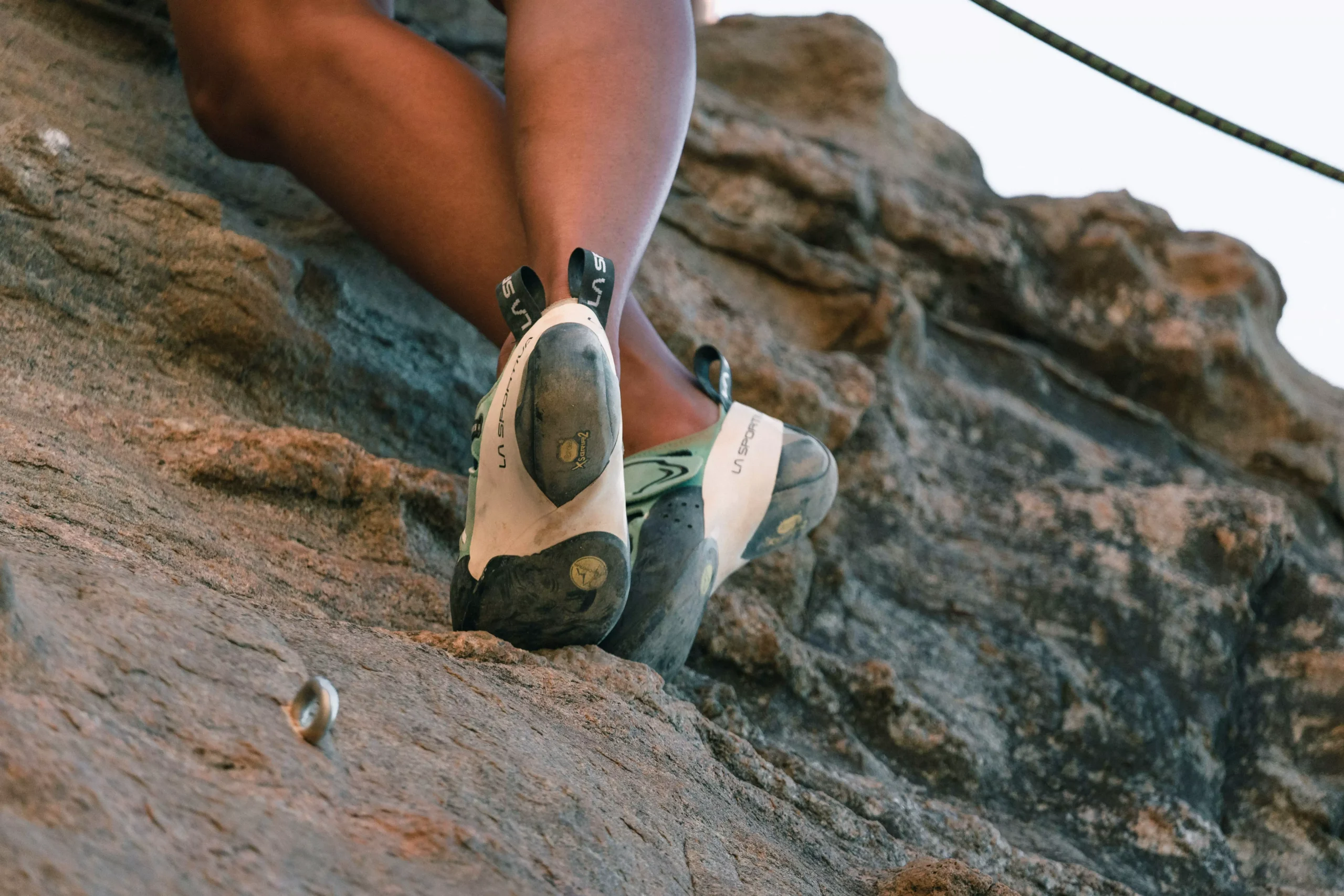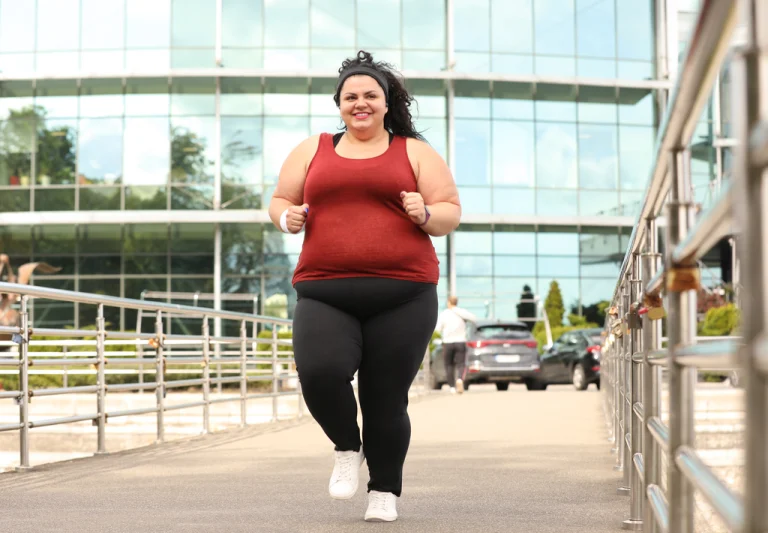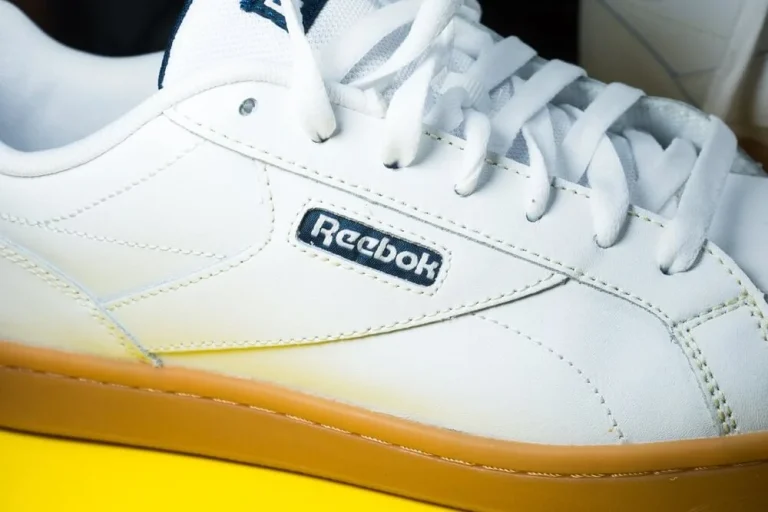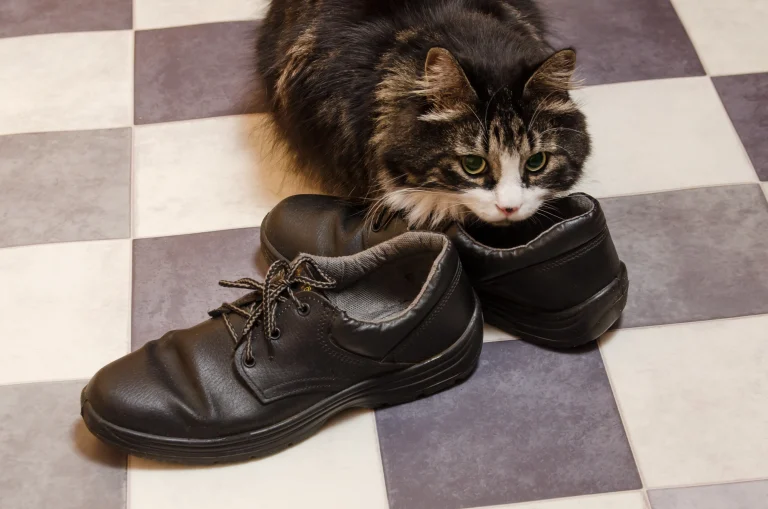How To Resole Climbing Shoes?
Climbing shoes are an essential piece of equipment for any climber, providing the necessary grip and support to tackle challenging routes. However, frequent use can cause the rubber soles to wear out, reducing their effectiveness and shortening their lifespan. Resoling climbing shoes is a cost-effective and eco-friendly way to extend their life and improve their performance.
In this guide, we will explore the process of resoling climbing shoes, from identifying the signs of wear and tear to choosing a reputable resoling service and caring for your newly resoled shoes.
Whether you’re a seasoned climber or a beginner, understanding how to resole your climbing shoes can help you save money, reduce waste, and continue to enjoy the thrill of climbing with confidence.
So, let’s dive into the world of climbing shoe resoling and learn how to give your shoes a new lease on life.
Signs You Need to Resole Your Climbing Shoes
Climbing shoes are subjected to intense wear and tear, which can cause the rubber soles to deteriorate over time. Here are some signs that indicate the need for resoling your climbing shoes:
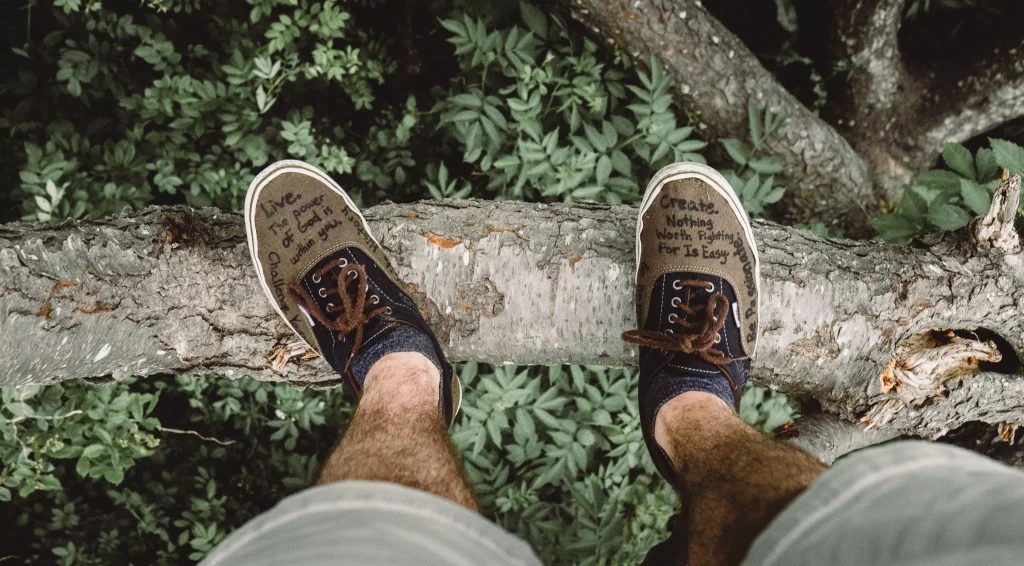
Worn-out rubber
The rubber sole of your climbing shoes is the primary point of contact with the climbing surface. Over time, the rubber can wear down, reducing its effectiveness and grip. If you notice that the rubber is thin or has worn away in certain areas, it’s time to consider resoling.
Holes or tears
Climbing shoes are often subjected to sharp edges and rough surfaces, which can cause holes or tears in the rubber sole. These holes can compromise the shoe’s performance and increase the risk of injury. If you notice any holes or tears in the sole, it’s time to resole your shoes.
Delamination
Delamination occurs when the rubber sole separates from the shoe’s upper. This can happen due to exposure to heat or moisture or from frequent use. If you notice any separation between the sole and the upper, it’s time to resole your shoes.
Reduced sensitivity
Climbing shoes rely on the sensitivity of the rubber sole to provide feedback to the climber. Over time, the rubber can become less sensitive, reducing the climber’s ability to feel the surface and adjust their technique. Furthermore If you notice reduced sensitivity in your shoes, it’s time to consider resoling.
By identifying these signs of wear and tear on your climbing shoes, you can take action to resole them and restore their performance and longevity. Remember, resoling your climbing shoes is a cost-effective and eco-friendly way to extend their life and continue to enjoy the thrill of climbing with confidence.
Choosing a Resoling Service:
Choosing a reputable and experienced resoling service is crucial for ensuring the best results for your climbing shoes. Here are some tips for selecting a resoling service:
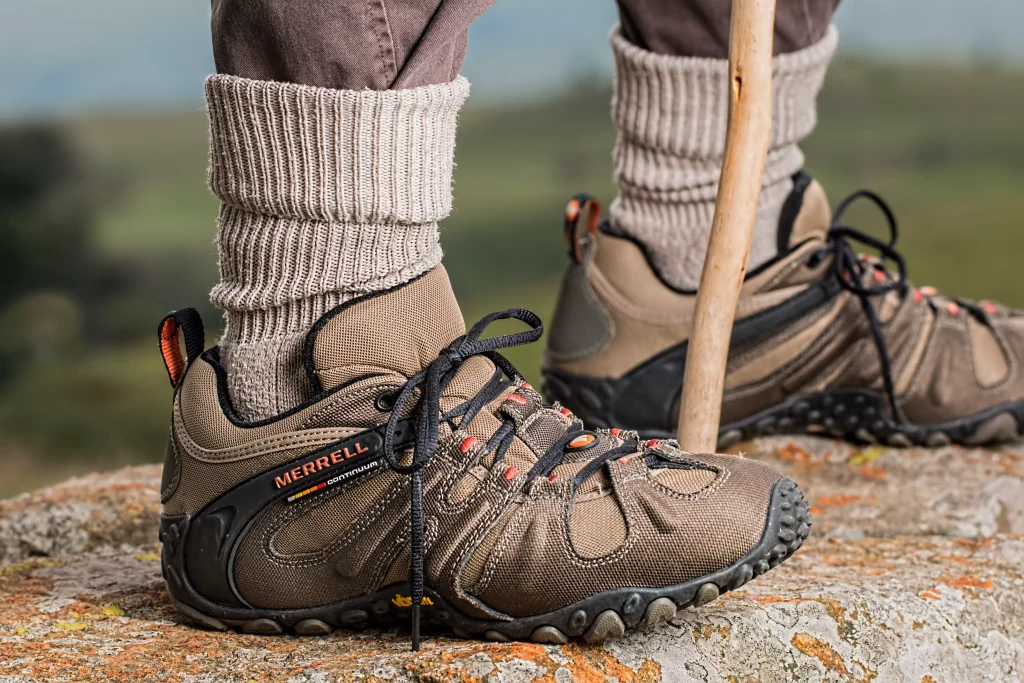
Check reviews
Look for reviews and testimonials from previous customers to get an idea of the quality of service and results. Check online forums, social media, and the resoling service’s website for reviews.
Ask for recommendations
Ask fellow climbers or your local climbing gym for recommendations on resoling services they trust and have had positive experiences with.
Research the resoling process
Look for a resoling service that uses high-quality rubber and has a thorough and transparent resoling process. Ask about the types of rubber they use and their resoling techniques.
Check for warranty or guarantee
Look for a resoling service that offers a warranty or guarantee on their work. This can give you peace of mind and ensure that you’re getting the best value for your money.
Consider shipping and turnaround time
If you’re sending your shoes to a resoling service, consider the shipping and turnaround time. Look for a service that offers fast and reliable shipping and a reasonable turnaround time.
By following these tips, you can select a reputable and experienced resoling service for your climbing shoes and ensure the best results. Remember, resoling your climbing shoes is an investment in their longevity and your performance, so it’s important to choose a service that you can trust
Preparing Your Shoes for Resoling
Properly preparing your climbing shoes for resoling is essential for ensuring the best results. Here are some steps to follow when preparing your shoes for resoling:
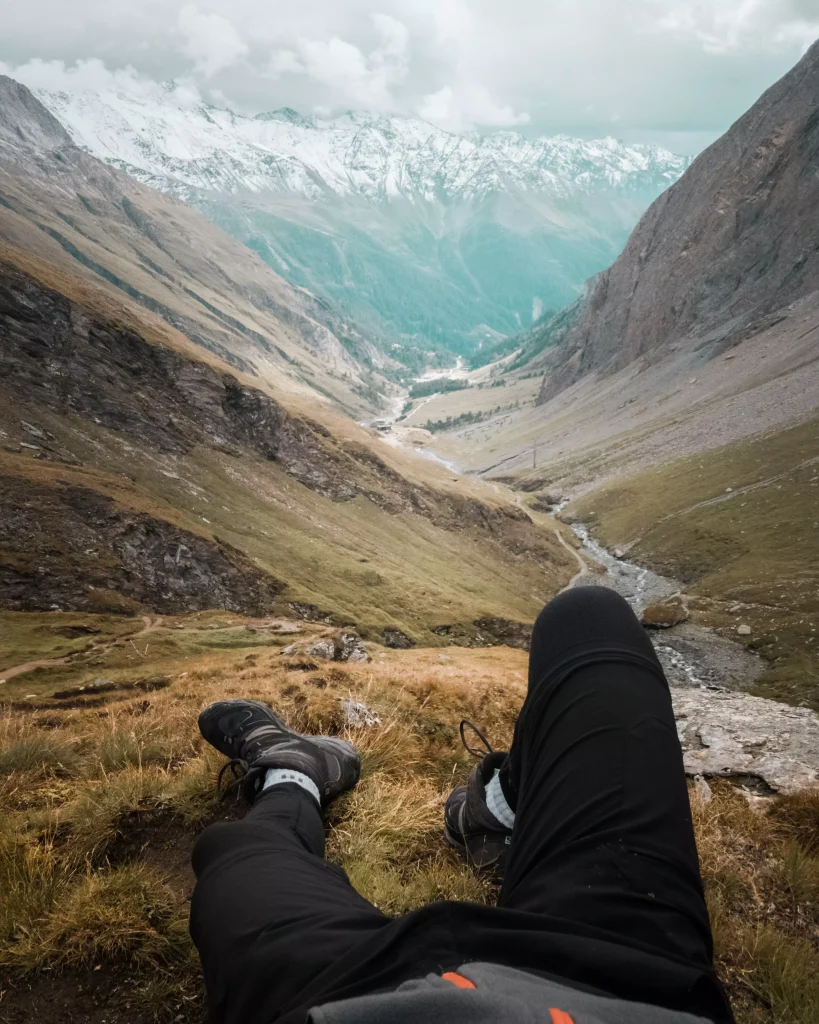
Clean your shoes
Use a soft brush or cloth to remove any dirt, dust, or debris from your shoes. This will ensure that the resoling adhesive can bond properly to the shoe’s surface.
Remove any loose rubber
Use a sharp knife or scissors to carefully remove any loose or damaged rubber from the sole of your shoes. This will ensure that the new rubber adheres properly to the shoe’s surface.
Check for damage
Inspect your shoes for any signs of damage, such as holes, tears, or delamination. If you notice any damage, mark it with a pen or marker so that the resoling service can address it.
Take measurements
Measure the thickness of the remaining rubber on your shoes to ensure that the resoling service can match the thickness of the new rubber to the original sole.
Label your shoes
Label your shoes with your name and any specific instructions or requests for the resoling service. This will ensure that your shoes are properly identified and that your requests are met.
By following these steps, you can properly prepare your climbing shoes for resoling and ensure the best results. Remember, proper preparation is key to achieving optimal performance and longevity for your climbing shoes.
Related To: How To Take Pics Of Shoes
The Resoling Process:
In this comprehensive guide, we will walk you through the step-by-step process of resoling your climbing shoes, ensuring optimal performance and durability.
Step 1: Assess the Condition of Your Climbing Shoes Before diving into the resoling process, carefully evaluate the condition of your climbing shoes. Check for signs of wear and tear, including thinning rubber soles, delamination, or holes. Understanding the extent of the damage will help you determine if resoling is the right course of action.
Step 2: Remove the Old Sole Using a razor blade or a specialized sole scraper, carefully remove the worn-out rubber sole from your climbing shoes. Take your time to avoid damaging the shoe’s upper or other components. In addition Be thorough in removing any remaining adhesive or debris, as a clean surface is crucial for proper adhesion of the new sole.
Step 3: Prepare the Shoe for Resoling Prepare the shoe’s surface by lightly sanding it to create a better bond with the new rubber sole. Wipe away any dust or residue with a brush or a clean cloth. Next, in addition apply acetone to a cloth and clean the shoe’s surface to remove any oils or contaminants that could hinder the glue’s effectiveness.
Step 4: Glue on the New Rubber Sole Using a high-quality shoe glue specifically designed for climbing shoes, apply a thin, even layer to both the shoe’s surface and the backside of the new rubber sole. Carefully align the sole with the shoe, ensuring a proper fit. Press firmly, applying even pressure.
Step 5: Finishing Touches Once the glue has fully cured, trim any excess rubber from the edges of the shoe using a sharp razor blade. Use sandpaper to smooth out any rough edges or imperfections
Aftercare and Maintenance
Congratulations on successfully resoling your climbing shoes! To ensure the longevity and optimal performance of your newly resoled shoes, it’s important to follow proper aftercare and maintenance practices. Furthermore here are some essential tips to help you care for your resoled climbing shoes:

Allow Sufficient Drying Time
After resoling, give your shoes ample time to dry completely before using them again. This typically takes 24 to 48 hours, depending on the specific glue used. Avoid rushing the process, as premature use may compromise the adhesive bond.
Avoid Extreme Temperatures
Exposing your resoled climbing shoes to extreme temperatures can adversely affect the adhesion of the rubber sole. Avoid leaving them in hot cars or exposing them to direct sunlight for prolonged periods. Similarly, do not subject them to freezing temperatures, as this can cause the rubber to become brittle.
Clean Regularly
Keep your climbing shoes clean to maintain their performance. After each climbing session, wipe off any dirt, chalk, or debris from the shoe’s surface. Therefore Use a soft brush or cloth to gently remove residues that may hinder friction on the wall.
Store Properly
Store your climbing shoes in a cool, dry place, away from direct sunlight and excessive humidity. Consider using a shoe bag or breathable container to protect them from dust and potential damage. Ensure Avoid storing them in tight spaces or bending them excessively, as this can distort their shape.
Resole Proactively
It’s advisable to monitor the condition of your climbing shoe soles regularly. If you notice significant wear or loss of grip, consider planning your next resoling session in advance. Proactive resoling helps prevent sudden failures and ensures a smooth transition from old to new soles.
Seek Professional Help
While resoling your climbing shoes can be a rewarding DIY project, some cases may require professional assistance. If you encounter complex issues like severe delamination or structural damage, it’s best to consult a reputable shoe repair professional who specializes in climbing shoe.
Conclusion
Resoling your climbing shoes is a valuable skill that allows you to breathe new life into your favorite pair of shoes. By following the steps outlined in this guide and practicing proper aftercare and maintenance, you can extend the lifespan of your climbing shoes and ensure optimal performance on the wall. I will guide you in this article how to resole climbing shoes.

